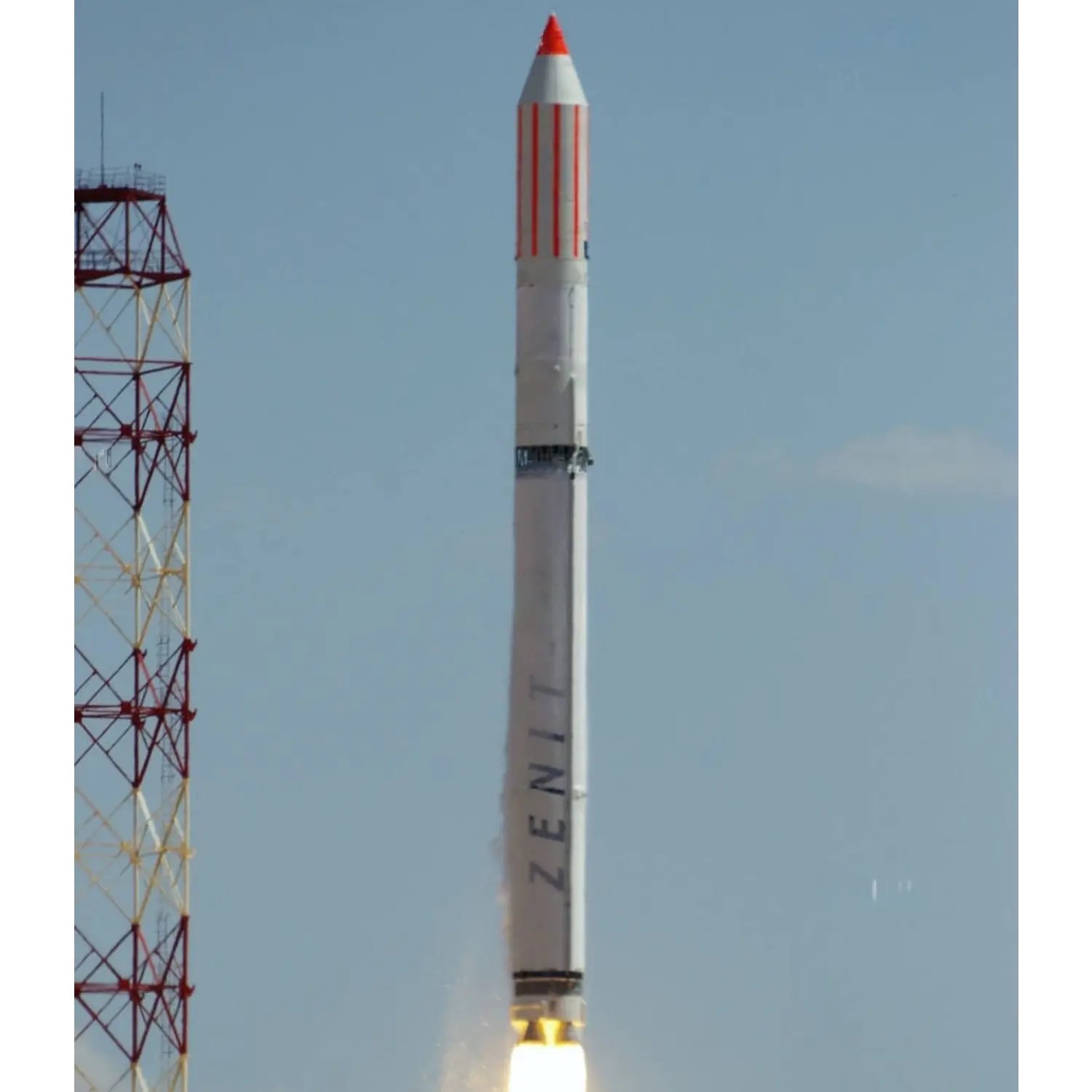Tselina-2 n°19
Launch Failure
Liftoff Time (GMT)
07:07:00
Tuesday May 20, 1997
Mission Details
Launch Notes
41 seconds after liftoff, the launcher stops sending its telemetry, and at T+48s, the RD-171 engine emergency stop command is sent automatically. The launcher falls down and explodes at 9km from the launch pad.
Tselina-2 n°19
Tselina-2 (Russian: Целина) is a Russian, formerly Soviet, military space-based radio surveillance system. It is capable of determining the exact location of radio-emitting objects and also their type, modes of operation, and how active they are. For instance, preparation for a military operation may raise the activity of the radio communications. Detection of these communications by a space-based surveillance system can provide early warning of this activity, warning that may be unavailable by other means. Based on the first generation Tselina-D ELINT, TSNII-KS at the beginning of the 1970's developed the specifications for an improved model with increased frequency range and on-board method of determining the position of fixed transmitters. The new specification for a universal Army-Navy system called for a satellite with increased mass and lifetime. This would be launched by the Zenit-2 launcher, replacing the separate earlier-generation systems. Data transmission was directly to ground stations via geosynchronous communications satellites. A total of 137 Tselina satellites were launched, of which 23 Tselina-2 (21 were launched by Zenit, and 2 by Proton).
Low Earth Orbit
1 Payload
3,250 kilograms
Launch Site
Stats
Zenit
28th
Mission
1st
Mission of 1997
1997
26th
Orbital launch attempt

